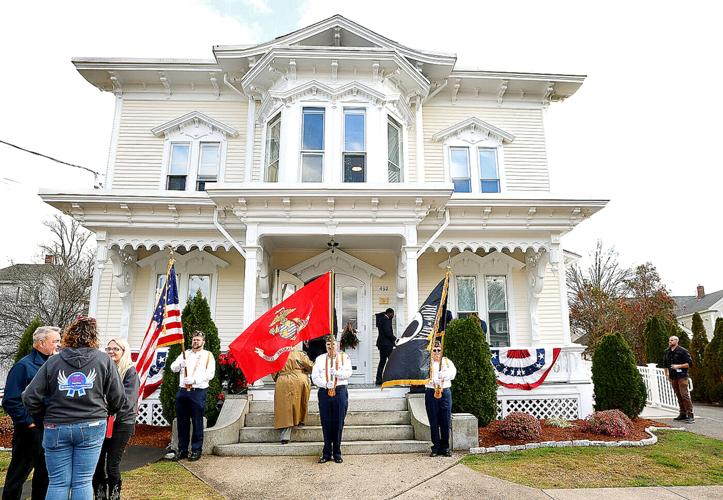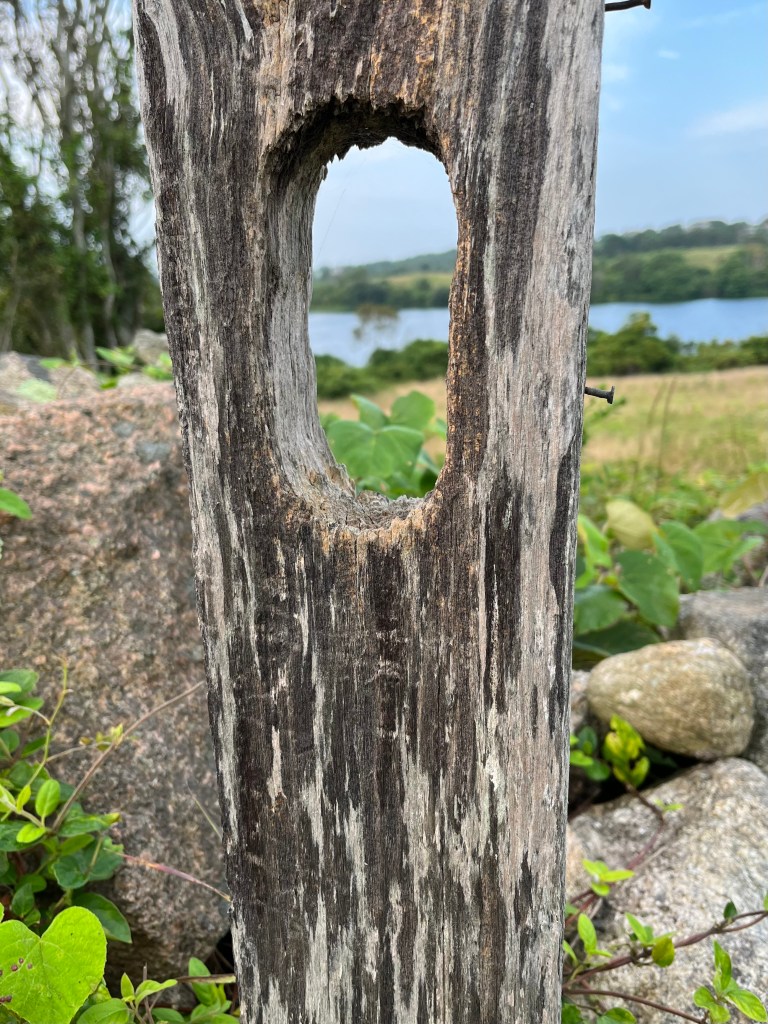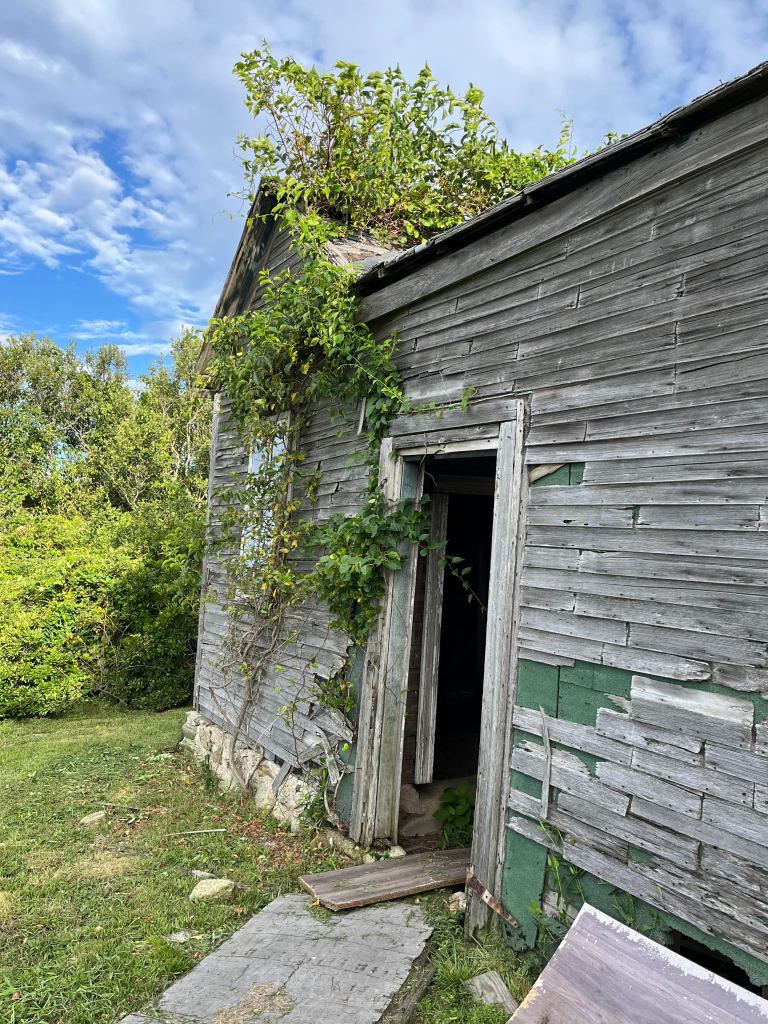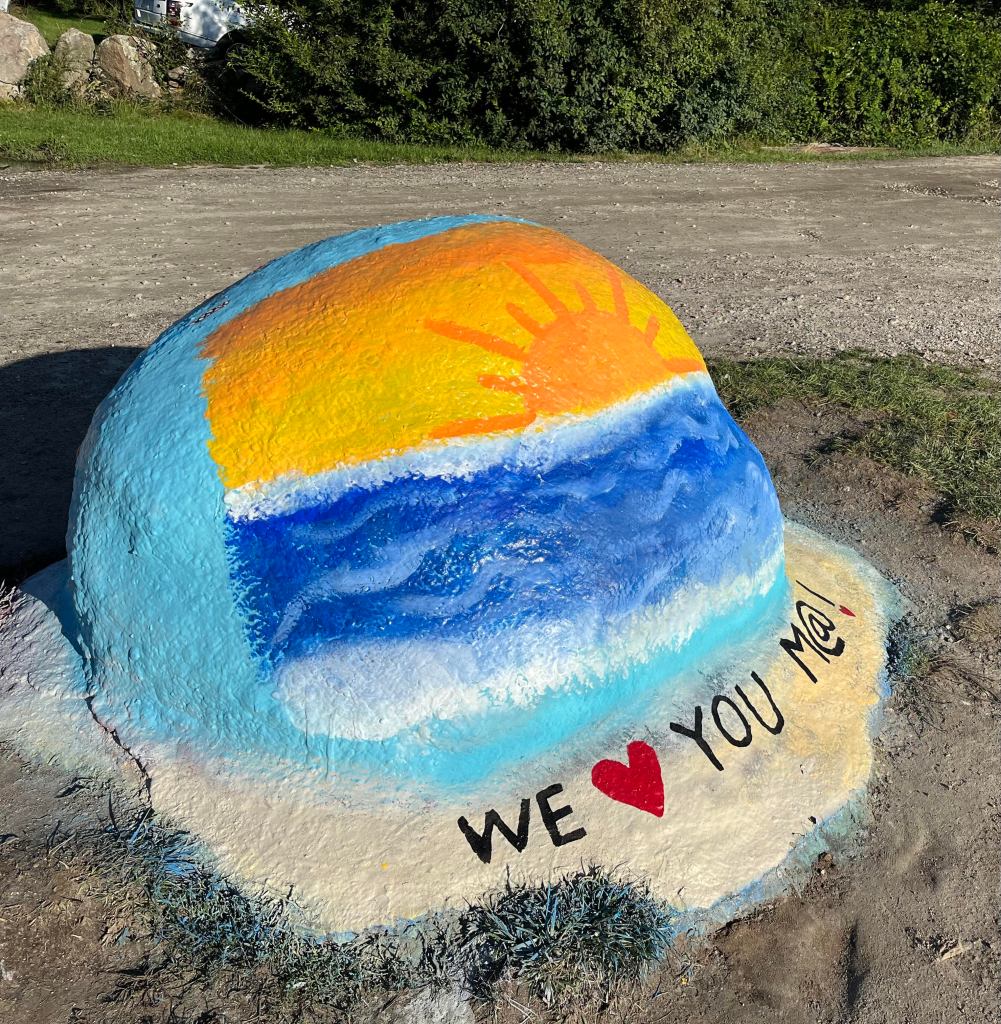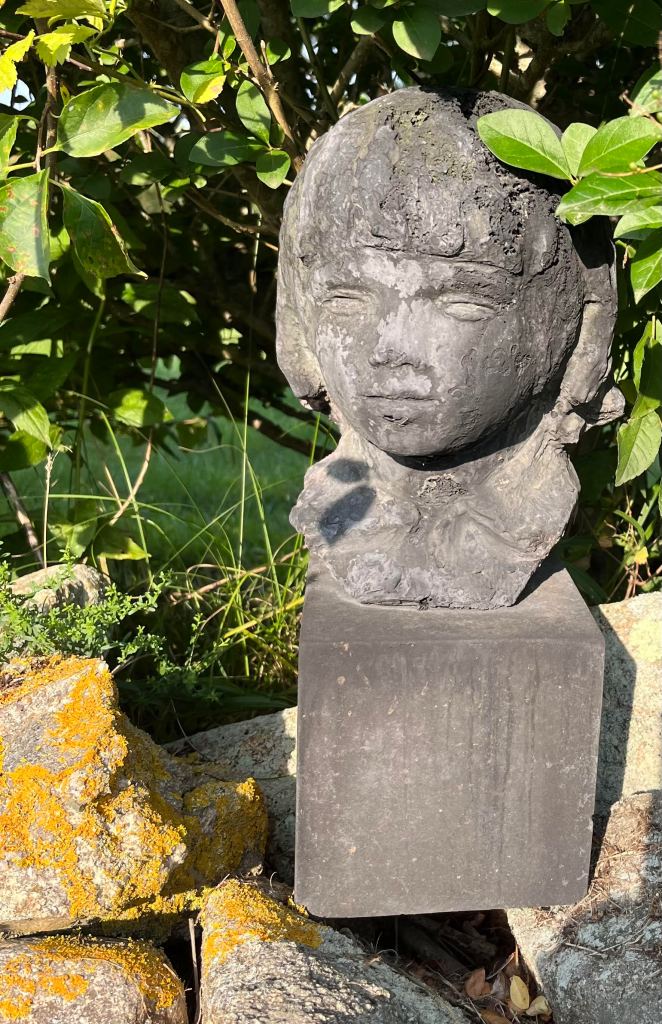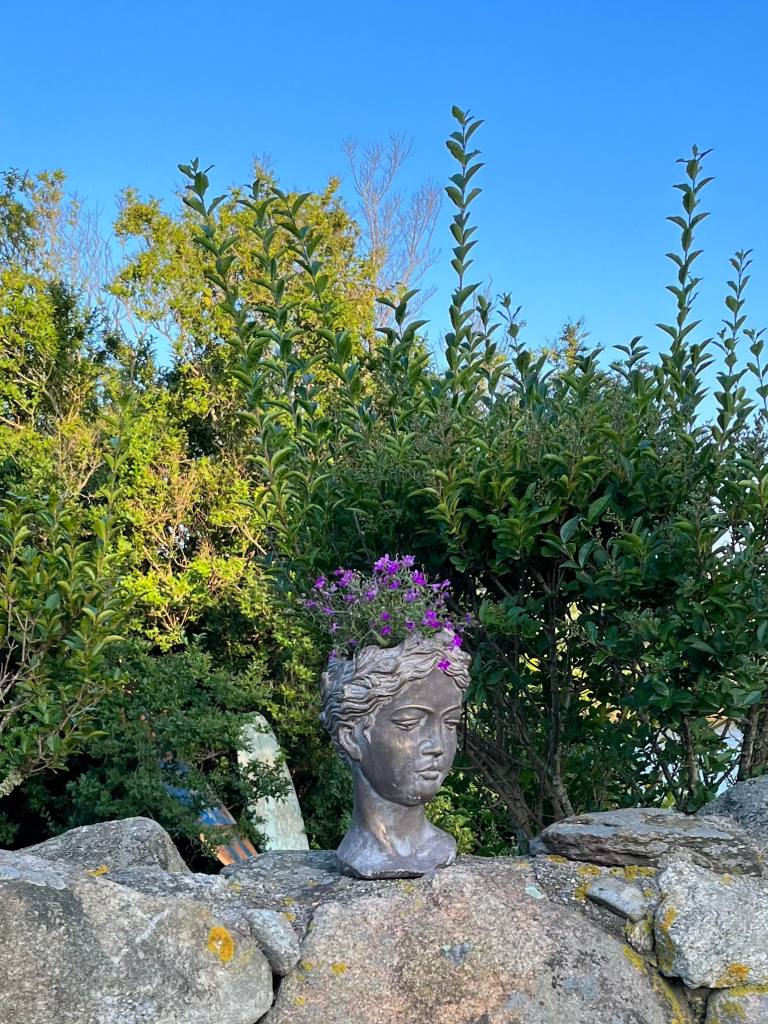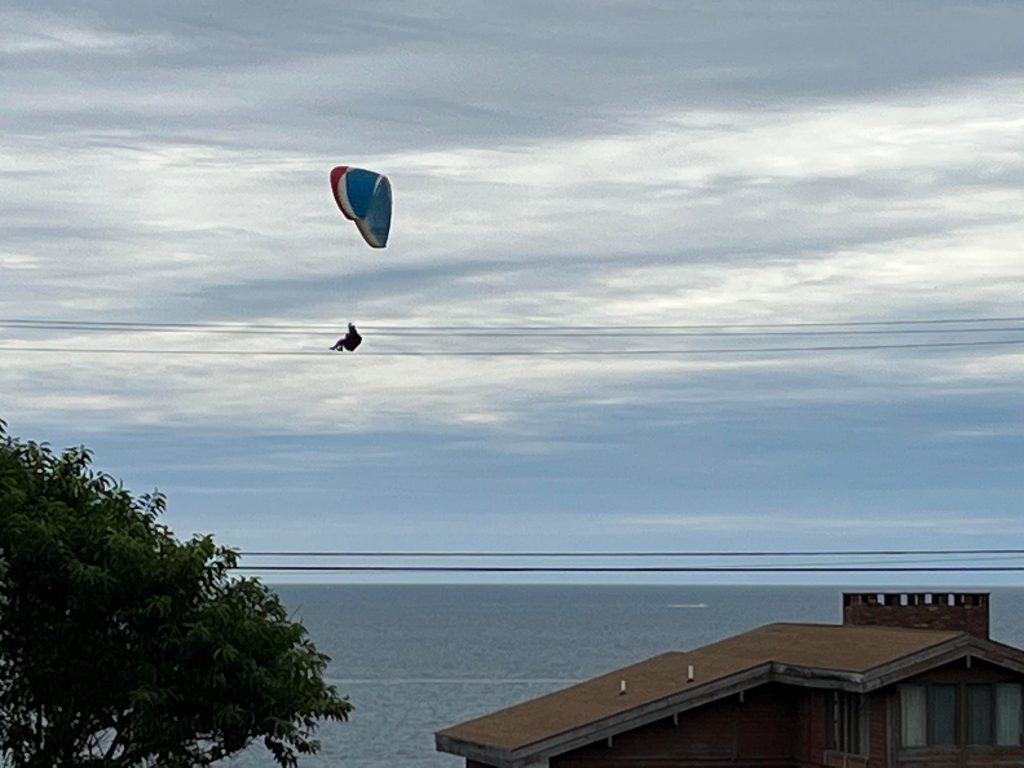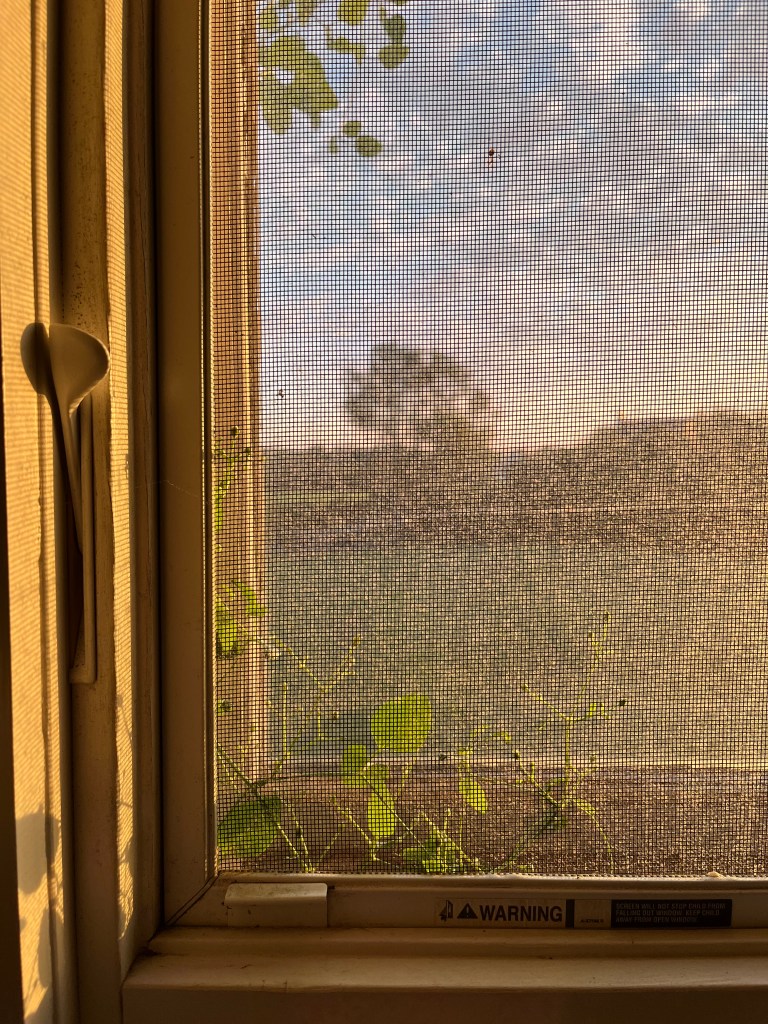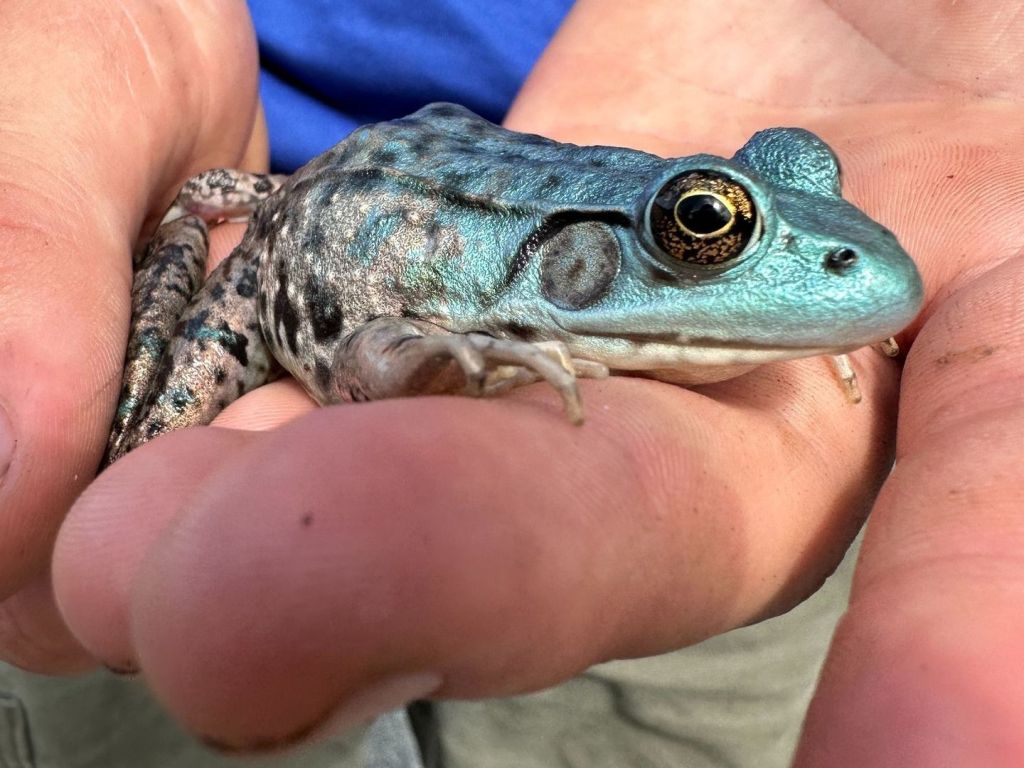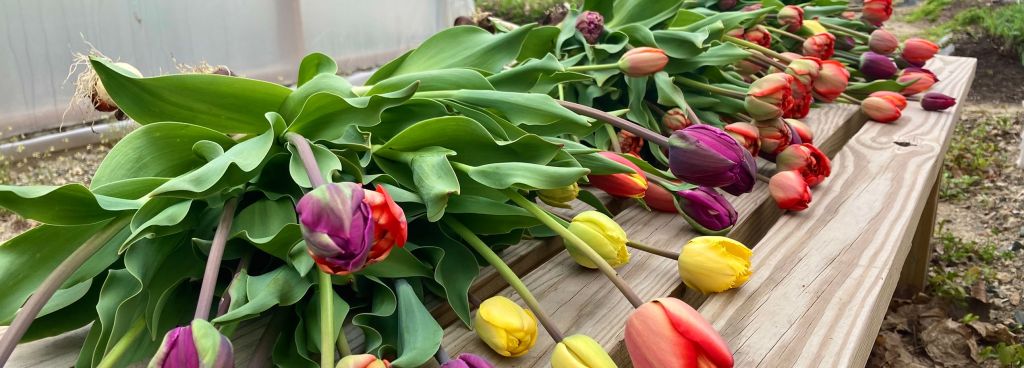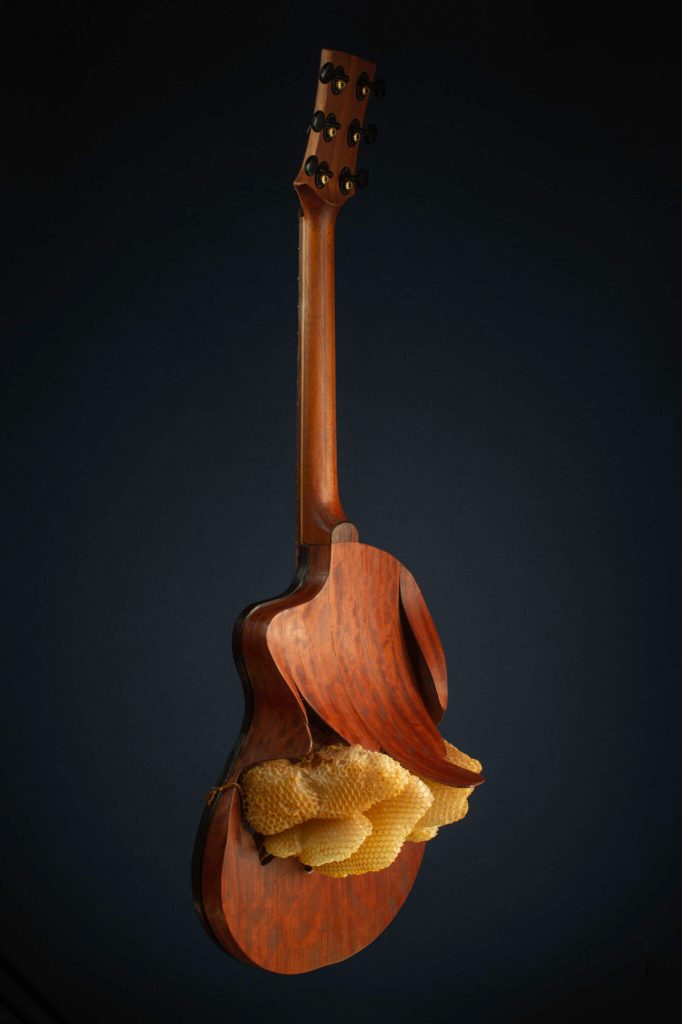
Photo: Boston Globe.
Teenage phenom and pastry chef Piper McAloon.
Some folks are still figuring out their calling when they are on Social Security. Others, like this chef in Bristol, Rhode Island, discover it when they are 11 years old.
Andrea E. McHugh has the inspiring story at the Boston Globe, “When she was a little girl, Piper McAloon had a natural curiosity when it came to baking, and was influenced by popular pastry-centric reality television shows. In her family kitchen, her parents Robin and Patrick encouraged her culinary creativity. What was once an 11-year-old’s lighthearted hobby morphed into the now 17-year-old’s career path.
“The high schooler, who lives in Bristol with her parents and sister, maintains a vegan diet. She applied for a job at Foglia when the plant-based restaurant opened in the summer of 2022, hoping she’d land a server position. But when chef/owner — and fellow vegan — Peter Carvelli, who was just named a semifinalist for 2024 Best Chef Northeast by the James Beard Foundation, saw her self-taught pastry skills for himself, he had other plans.
“Andrea E. McHugh: How did you hear about Foglia?
“Piper McAloon: Someone told me that there was a new vegan restaurant opening and so I reached out, never thinking I’d be their pastry chef — maybe I’d be a waitress. And I told [Peter Carvelli] about all my baking, and he was like, ‘I want you to be my pastry chef.’ I was so shocked. …
“Have you always adhered to a plant-based diet?
“I’ve been a vegetarian since I was 11, and I’ve been vegan for about the past two and a half years. I think I was just kind of losing interest in meat, and like, the ethics of it, and then I cut out dairy. It was a very slow process, and eventually, I cut out eggs and other products. I didn’t have to go vegan, but I’m glad I did. I feel so much better.
“Dairy is used in a lot of baking. How did you learn about vegan alternatives when it comes to pastry?
“It’s a big learning curve, learning how to switch everything. I’ve gotten the hang of it, and there’s so many people doing it now. At Foglia, we’re also nut-free, so I can’t use almond milk or any cashew [products]. … I learned so much from videos online and YouTube, I would just absorb so much information. I’ll see something and be like, ‘Hey, I could do this with this or that,’ and completely just take the inspiration and make it my own. Ground flaxseed and water, it gets really thick, and you can use it to replace eggs in different recipes. Aquafaba is more for say, macarons, and whipping, like you would an egg white. …
“How has this experience at the restaurant expanded your business skills?
“Oh, it’s awesome. My boss, Peter, is such a great mentor. We’re always working together and he’s very, very supportive of me doing my own thing. I’ve also done a couple of pop-ups at the restaurant. I create a limited menu and he lets me use the restaurant during the afternoon because they’re only open for dinner, and I set up kind of like a mini-bakery, and people come in to buy food and I do all the accounting for it, and he helps me. We use Toast [a restaurant point-of-sale and management system], and if I have a special order for someone, he’ll let me use the kitchen.
“What are you making right now for Foglia?
“Panna cotta is one of the things that’s a staple right now. It’s gluten-free and really good. It’s kind of like a custard. Generally it’s made out of gelatin, but I use something called agar, which is big in vegan baking for pastry cream, actually. We also have what we call a brownie snowball. …
“What do your future plans look like?
“I’m going to Johnson & Wales in the fall, the Baking & Pastry Arts associates program, and then eventually I want to open a vegan bakery. It’s two years, and right after that I want to, I don’t know, travel and experience food everywhere else, and learn from them, and then eventually, probably a couple years after college, open my bakery. I’m very excited about it — it’s been my dream since I was 10.”
More at the Globe, here. What did you want to be when you were 10? Did you do it? I think I wanted to be an actress. Or maybe a ballerina.

